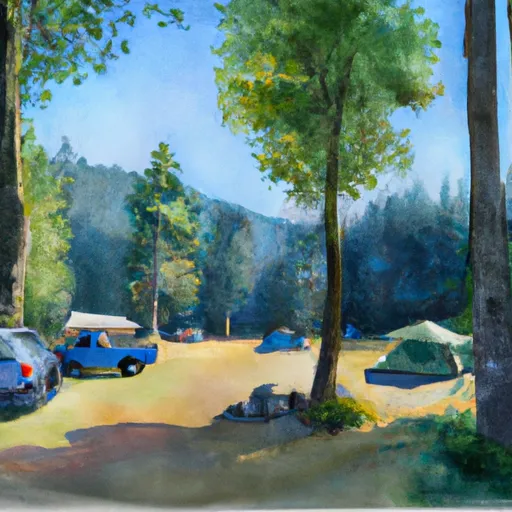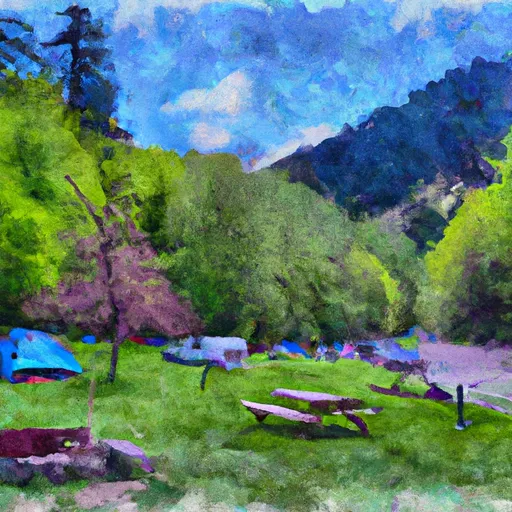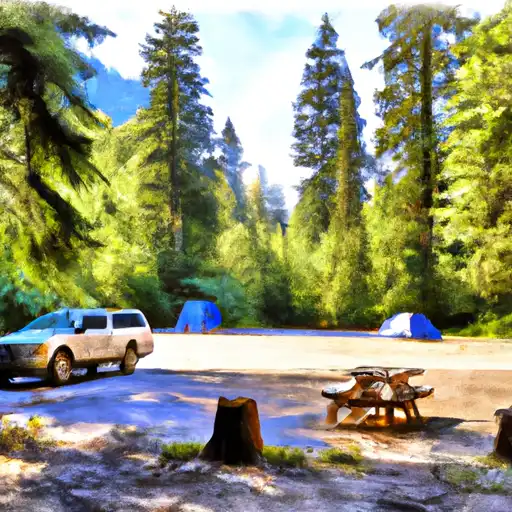Wilderness Alpine Lakes
Rate this placeLast Updated: January 2, 2026
Wilderness Alpine Lakes in the state of Washington offer stunning natural beauty and a range of outdoor recreational activities.
°F
°F
mph
Wind
%
Humidity
Summary
With its rugged mountains, crystal-clear lakes, and pristine wilderness, the area is a paradise for adventurers and nature enthusiasts. Here is a summary of the key aspects to consider when planning a visit:
1. Reasons to Visit:
- Scenic Beauty: The Wilderness Alpine Lakes showcase breathtaking landscapes, including towering peaks, alpine meadows, cascading waterfalls, and, of course, the stunning alpine lakes themselves.
- Outdoor Activities: The region offers a wide array of activities, such as hiking, backpacking, camping, fishing, boating, kayaking, and wildlife viewing. Whether you're an avid hiker or prefer a leisurely stroll, there are trails for all skill levels.
- Solitude and Serenity: Wilderness Alpine Lakes provide an escape from the bustling city life, offering visitors a chance to unwind in the calm and peaceful surroundings of nature.
2. Points of Interest:
- Enchantments: Located in the Alpine Lakes Wilderness, the Enchantments is a popular destination known for its dramatic granite peaks, pristine alpine lakes, and vibrant meadows. The region offers challenging hikes, stunning vistas, and unparalleled beauty.
- Lake Ann: Situated in the Mount Baker-Snoqualmie National Forest, Lake Ann is a picturesque alpine lake with turquoise waters and panoramic views of Mount Baker and the surrounding peaks. It is a great spot for camping and hiking.
- Colchuck Lake: Nestled in the Cascades, Colchuck Lake captivates visitors with its emerald waters and towering granite peaks. It is a gateway to the renowned Enchantments, but even the hike to the lake alone is rewarding.
- Snow Lake: Located near Snoqualmie Pass, Snow Lake is a popular destination for day hikes and overnight camping. It offers breathtaking views, crystal-clear waters, and opportunities for swimming and fishing.
3. Interesting Facts:
- Alpine Lakes Wilderness: Spanning over 390,000 acres, the Alpine Lakes Wilderness is home to approximately 700 mountain lakes and over 600 miles of trails.
- Protection and Preservation: The Wilderness Act of 1964 designated the Alpine Lakes Wilderness as a protected area, ensuring the preservation of its natural features for future generations.
- Glacial Influence: Many of the alpine lakes in the region were formed by glaciers during the last Ice Age, giving them their distinct blue and green hues.
4. Best Time to Visit:
The best time to visit Wilderness Alpine Lakes largely depends on your preferred activities. Summer (July to September) offers the warmest weather, open trails, and access to alpine lakes for activities like swimming and boating. However, it's also the busiest time, so expect more crowds. Spring (April to June) and fall (October) provide milder temperatures, fewer visitors, and vibrant foliage. Winter (November to March) brings snow, making it ideal for snowshoeing, cross-country skiing, and winter camping, but be prepared for challenging conditions.
It is crucial to verify this information across multiple independent sources to ensure accuracy, as conditions and details may vary.
Weather Forecast
Park & Land Designation Reference
Large protected natural areas managed by the federal government to preserve significant landscapes, ecosystems, and cultural resources; recreation is allowed but conservation is the priority.
State Park
Public natural or recreational areas managed by a state government, typically smaller than national parks and focused on regional natural features, recreation, and education.
Local Park
Community-level parks managed by cities or counties, emphasizing recreation, playgrounds, sports, and green space close to populated areas.
Wilderness Area
The highest level of land protection in the U.S.; designated areas where nature is left essentially untouched, with no roads, structures, or motorized access permitted.
National Recreation Area
Areas set aside primarily for outdoor recreation (boating, hiking, fishing), often around reservoirs, rivers, or scenic landscapes; may allow more development.
National Conservation Area (BLM)
BLM-managed areas with special ecological, cultural, or scientific value; more protection than typical BLM land but less strict than Wilderness Areas.
State Forest
State-managed forests focused on habitat, watershed, recreation, and sustainable timber harvest.
National Forest
Federally managed lands focused on multiple use—recreation, wildlife habitat, watershed protection, and resource extraction (like timber)—unlike the stricter protections of national parks.
Wilderness
A protected area set aside to conserve specific resources—such as wildlife, habitats, or scientific features—with regulations varying widely depending on the managing agency and purpose.
Bureau of Land Management (BLM) Land
Vast federal lands managed for mixed use—recreation, grazing, mining, conservation—with fewer restrictions than national parks or forests.
Related References
Area Campgrounds
| Location | Reservations | Toilets |
|---|---|---|
 Cold Creek Campground
Cold Creek Campground
|
||
 Roaring Creek Campground
Roaring Creek Campground
|
||
 Kachess
Kachess
|
||
 Kachess Campground
Kachess Campground
|
||
 Denny Creek
Denny Creek
|
||
 Denny Creek Campground
Denny Creek Campground
|
